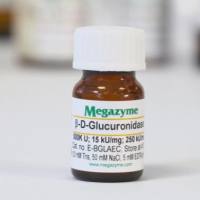Mixed Infections with Rotaviruses: Protocols for Reassortment, Complementation, and Other Assays
互联网
616
Mixed infection of tissue culture cells is the primary means of studying genetic and nongenetic interactions between viral mutants. The purpose of the mixed infection is to place two different viral genomes into the same cell, where interactions between the genomes and their encoded gene products can take place. In some cases, interactions are observed in the context of the mixed infected cell, but generally the yield of progeny virus from the mixed infected cells is assayed to reveal the result of the interactions. Here, methods for mixed infections between conditional-lethal mutants of the temperature-sensitive (ts ) phenotype will be presented and considered. (Mutants with ts phenotype are designated according to the following nomenclature: ts A [778], in which ts indicates the phenotype, A indicates the mutant belongs to recombination group A, and [778] indicates the number of the specific mutant in group A.) Temperature-sensitive mutants are particularly useful for genetic studies, because they can be propagated at the permissive temperature (PT; 31�C in the case of rotavirus [RV] ts mutants), but the mutant phenotype is expressed at the nonpermissive temperature (NPT; 39�C in the case of RV ts mutants). The conditional-lethality of the ts mutations allows the use of selective conditions in the analysis of the progeny of the mixed infections, so that the results of genetic and nongenetic interactions can be easily revealed.







